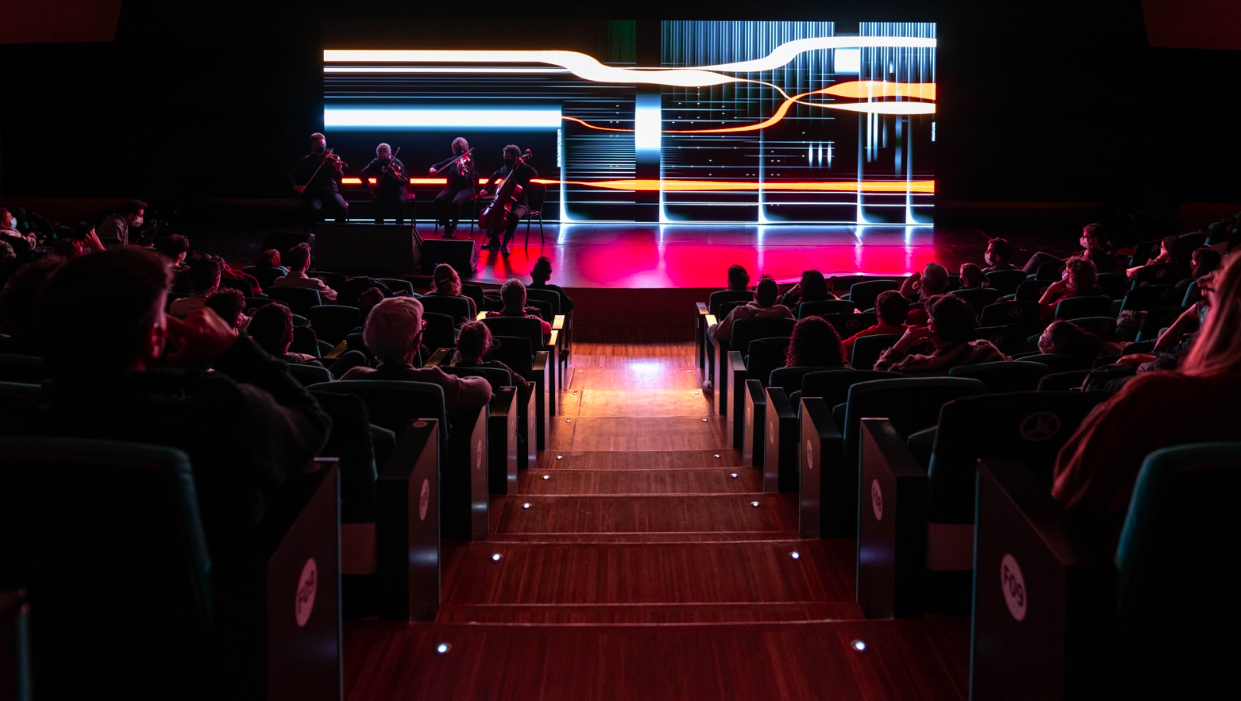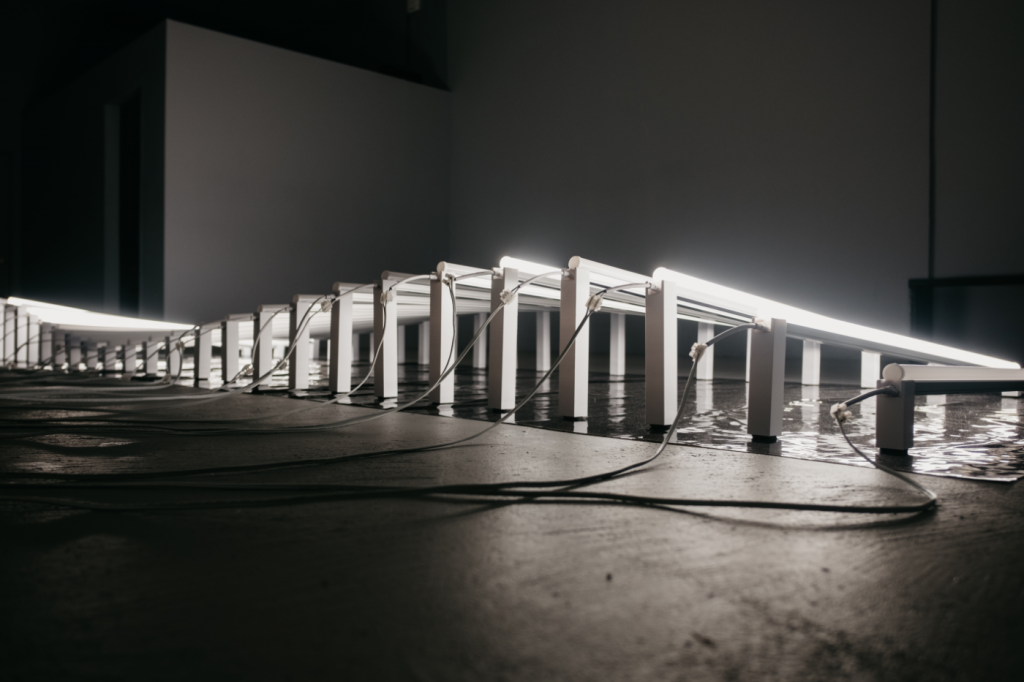Creator’s Name: rgb3
Title of Work: LOOPLEX
Year of Creation: 2009
The project I chose for this week is a physical user interface named LOOPLEX that explores the idea of live sound interaction. It appears as though the different hexagon tiles placed on the table-like interface change the sound made along with a representation of that sound with color. Changing the angle of the hexagon appears also to alter the sound. I think it is fascinating to explore how humans interact with the objects around them, especially in this case where computation is embedded within the object to produce sounds we are capable of processing. The description of this project states that it uses loops to improvise the sound and since we learned about them this week, it is really interesting to see them being used in ways that are more than visual outputs. The creator’s artistic sensibilities portray their creativity and vision that allows the user to change the sound, leading to a unique experience every time.
![[OLD SEMESTER] 15-104 • Introduction to Computing for Creative Practice](../../../../wp-content/uploads/2023/09/stop-banner.png)



